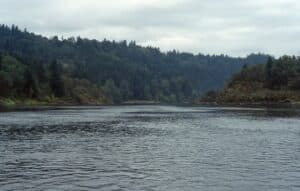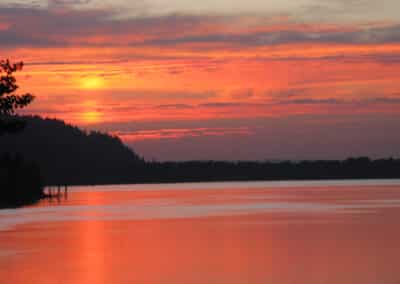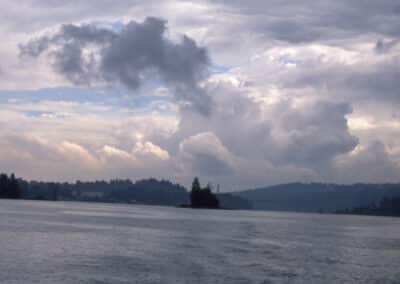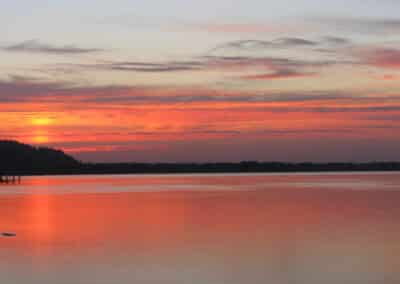Columbia River Cold-Water Refuges Sought for Salmon
News
Stay Informed
Documents
Lawsuit filed to provide Salmon and Steelhead with Columbia River Cold-Water Refuges
NWEA sued the National Marine Fisheries Service (NMFS) on November 2, 2021, on the principle that government paperwork does not help salmon and steelhead migrate through the overheated waters of the Columbia River. The lawsuit targets the federal government’s failure to ensure Columbia River cold-water refuges where migrating fish can seek relief from dangerously high river temperatures in the Columbia.
The History
This new lawsuit builds on four previous cases brought by NWEA to address the unsafe and rising temperatures of streams and rivers in Oregon, starting in 2001. In January 2021, the Environmental Protection Agency (EPA) issued a report on the importance of cold-water refuges in the mainstem Columbia River. The report was the result of a 2015 biological opinion (“BiOp”) issued by NMFS, the outcome of one of NWEA’s earlier lawsuits. In its BiOp, NMFS found that EPA’s earlier approval of Oregon’s water quality standards for temperature was flawed because it relied on cold-water refuges that proved to be merely paper requirements that both the Oregon Department of Environmental Quality (DEQ) and EPA routinely ignored.
The irony is that in 2015 NMFS looked at Oregon’s requirement for these critically needed cold- water refuges and roundly criticized it as merely a paperwork exercise that failed to help fish. Then, NMFS turned around and did exactly the same thing: created yet another paperwork exercise that fails to help fish. And EPA demonstrated that it was just a paperwork exercise by issuing a report that merely talks about all the other plans—current and future—that could help Columbia and Snake River fish, none of which are making much of a dent in the problem.
Columbia River Cold-Water Refuges
In the Columbia, pockets of cooler water exist where tributaries flow into the mainstem. 
The region has been talking about the importance of cold-water refuges for three decades, since Oregon DEQ began revising its water quality standards in 1992. All the agencies have to show for recognizing the importance of refugia to fish in hot water all this time later is a plan for a plan for a plan. The Endangered Species Act demands more. Fish need real action.
In the summer of 2015, roughly 250,000 adult sockeye salmon died in the Columbia and Snake Rivers because excessively warm water prevented them from successfully migrating upstream.
In its report, EPA highlighted the importance of cold-water refuges by evaluating the impacts of climate change on Columbia River temperatures, predicting a rise from current mean temperatures that are near 22℃ in August to nearly 23℃ in 2040. Not surprisingly, EPA also predicted temperature rises in the tributaries that form the cold-water refuges.
Northwest Environmental Advocates is represented in this case by Bridgett Buss and Allison LaPlante, of the Earthrise Law Center at Lewis and Clark Law School.

Columbia River Cold-Water Refuges Sought for Salmon

Salmon Migration in Hot Columbia River: Part 2

Salmon Migration in a Hot Columbia River
Keep Up-to-date with Our Email Newsletter
Stay informed on the latest Northwest Environmental Advocates news as we work to protect and resort the regions water quality and habitat.
Make Your Voice Heard
Become a Donating Member
Yes, I want Northwest Environmental Advocates to represent my interests and I’m making a tax-deductible contribution!

Join as Supporting Member
Northwest Environmental Advocates doesn’t require a dollar contribution. Show your support; sign up as a Supporting Member!
